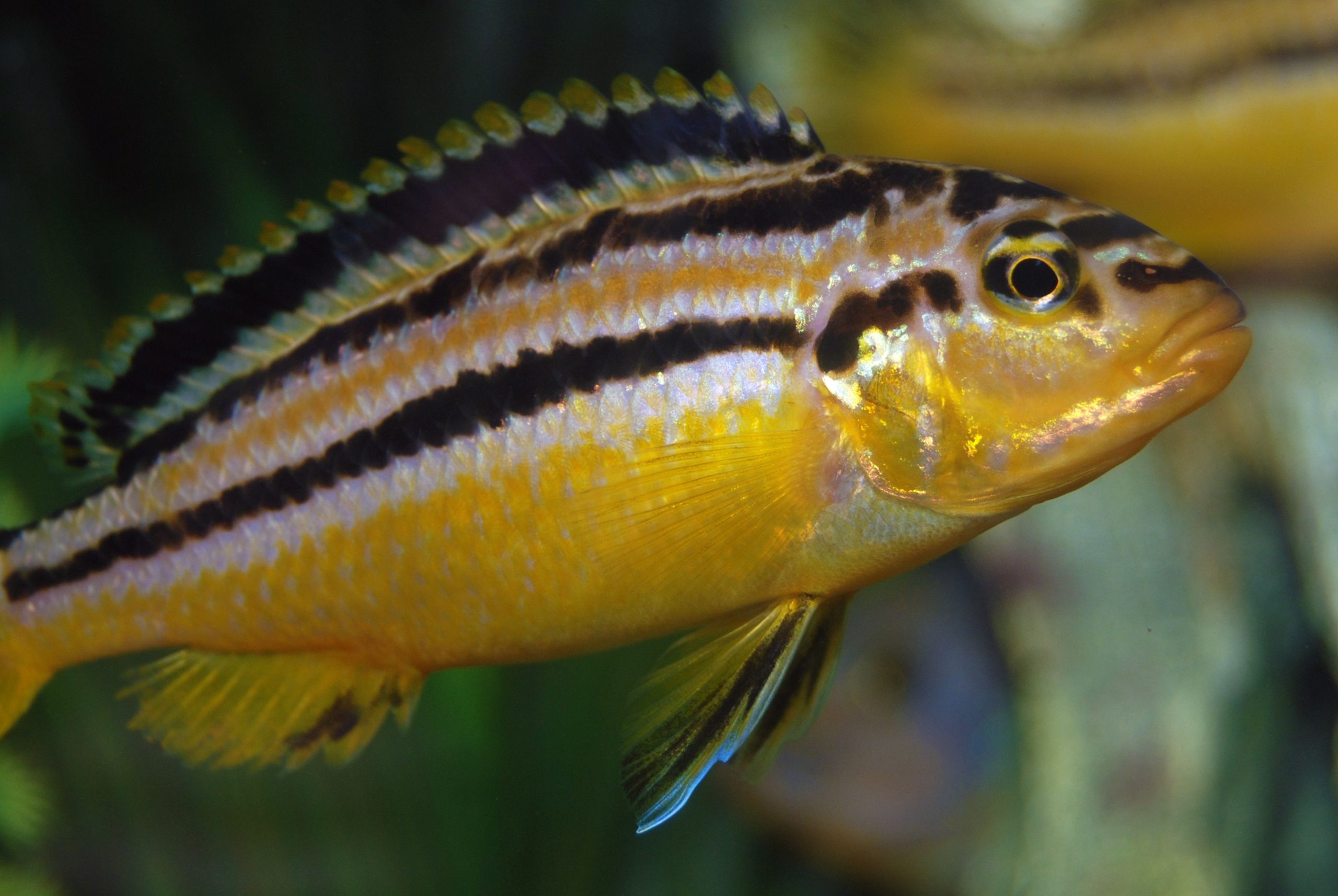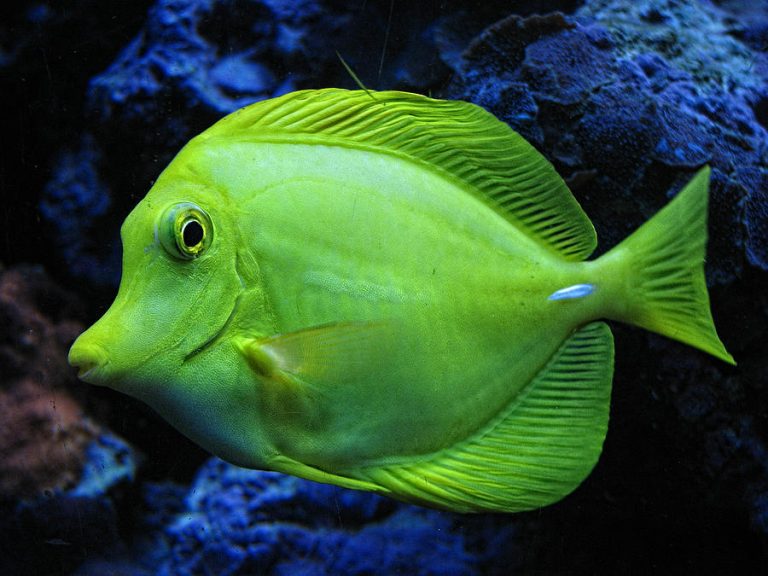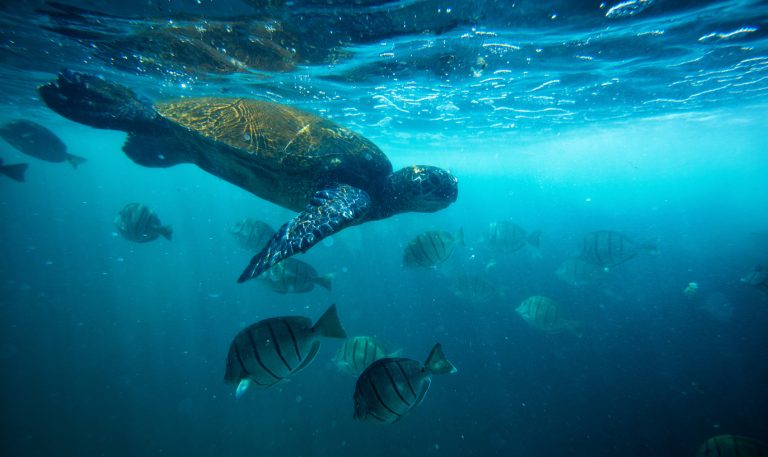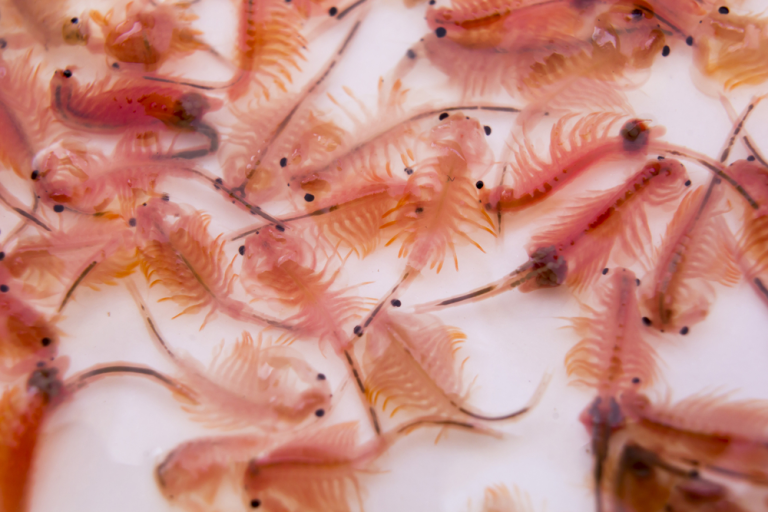Mbuna Cichlid
The mbuna cichlid is a fascinating and colorful species of fish that is commonly found in Lake Malawi in East Africa. With their vibrant colors and unique personalities, mbuna cichlids have become a popular choice for aquarium enthusiasts around the world. In this article, we will explore the world of mbuna cichlids and provide detailed descriptions of each outlined point.
What are mbuna cichlids?
Mbuna cichlids are a group of freshwater fish that belong to the cichlid family. They are native to Lake Malawi, which is one of the largest lakes in Africa. The word “mbuna” translates to “rockfish” in the local language, and this name perfectly describes their natural habitat. These fish are known for their vibrant colors, with males being more colorful than females. They are also territorial and aggressive, especially when it comes to defending their nests and their young.
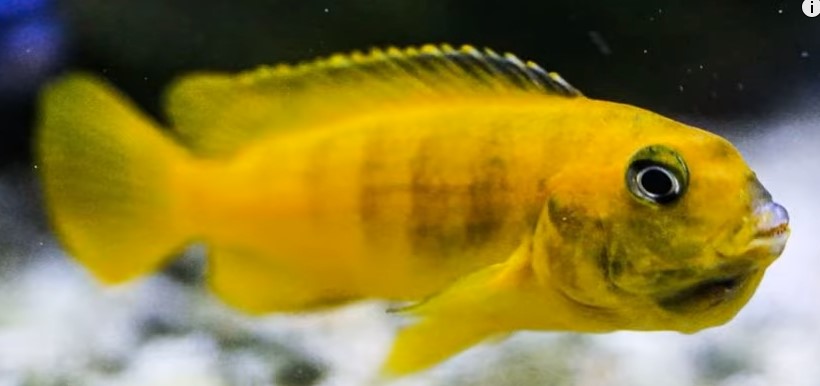
Appearance and color patterns
One of the most striking features of mbuna cichlids is their vibrant coloration. Males are often more colorful than females, and their colors become more intense during breeding season. The color patterns can vary greatly between species, but common colors include blue, yellow, orange, and black. Some mbuna cichlids have vertical stripes or spots on their bodies, while others have intricate patterns that resemble a mosaic. These colors not only serve as a form of communication but also help them to blend in with their rocky surroundings.
Habitat and tank requirements
In order to keep mbuna cichlids happy and healthy, it’s important to create a suitable environment that mimics their natural habitat. They are mainly found around rocky territories along the shores of Lake Malawi, so it’s important to provide plenty of rocks and caves in the aquarium. These fish also require clean and well-oxygenated water, so a powerful filtration system is essential. The ideal temperature for mbuna cichlids is between 75-80°F (24-27°C), and the pH should be around 7.8-8.6. It’s also important to note that these fish are highly territorial, so make sure to provide enough hiding places and territories for each fish in the tank.
Feeding habits and diet
Mbuna cichlids are omnivorous fish that primarily feed on algae and small invertebrates in the wild. In the aquarium, a varied diet is essential to ensure they receive all the necessary nutrients. High-quality cichlid pellets should form the staple of their diet, but it’s also beneficial to include a mix of live or frozen foods such as brine shrimp, bloodworms, and daphnia. Avoid overfeeding these fish as it can lead to obesity and various health issues. Instead, feed them small portions multiple times a day.
Breeding behavior and care
Mbuna cichlids are mouthbrooders, which means that the females carry the eggs and fry in their mouths until they are ready to be released. Breeding these fish can be a rewarding experience but requires careful planning and preparation. It’s best to set up a separate breeding tank to provide a safe and controlled environment. The water parameters should be closely monitored, and the temperature slightly elevated to stimulate breeding behavior. Once the female is ready to lay eggs, she will choose a suitable spot and deposit the eggs. After fertilization, she will carry the eggs in her mouth for around 18-21 days before releasing the fry.
Common Mbuna Cichlid species
There are over 200 known species of mbuna cichlids, each with its own unique characteristics and color patterns. Some of the most popular species among aquarium enthusiasts include the zebra cichlid (Maylandia zebra), the electric yellow cichlid (Labidochromis caeruleus), the red zebra cichlid (Maylandia estherae), and the maingano cichlid (Melanochromis cyaneorhabdos). Each of these species has its own specific care requirements, so it’s important to do thorough research before choosing the right species for your aquarium.
Frequently Asked Questions
1. Can mbuna cichlids be kept with other fish?
While mbuna cichlids can be kept in a community tank, it’s important to choose tankmates carefully. These fish are territorial and can be aggressive towards other fish, especially those with similar coloration or body shape. It’s best to keep them with other mbuna cichlids or with non-aggressive species that can hold their own.
2. Are mbuna cichlids suitable for beginners?
Mbuna cichlids are not recommended for beginners due to their aggressive nature and specific care requirements. They require a larger tank with a well-established ecosystem, and their feeding and breeding habits can be challenging for inexperienced fishkeepers. It’s best to gain some experience with other fish species before attempting to care for mbuna cichlids.
3. Can mbuna cichlids be kept in a planted tank?
Mbuna cichlids are known for their love of digging and rearranging the substrate, which can make it difficult to maintain a well-planted tank. They may uproot or eat live plants, so it’s best to choose hardy plant species. Alternatively, you can create a combination of rocks and plants to provide them with hiding places while still maintaining some greenery in the tank.
Final Thoughts
Mbuna cichlids are truly fascinating fish that can bring a vibrant and dynamic element to your aquarium. Their vibrant colors, unique patterns, and territorial behavior make them a joy to observe and care for. With the right setup, proper care, and some patience, mbuna cichlids can thrive and become the centerpiece of your aquarium. Take the time to research their specific care requirements and create a suitable environment for these magnificent fish. Happy fishkeeping!
